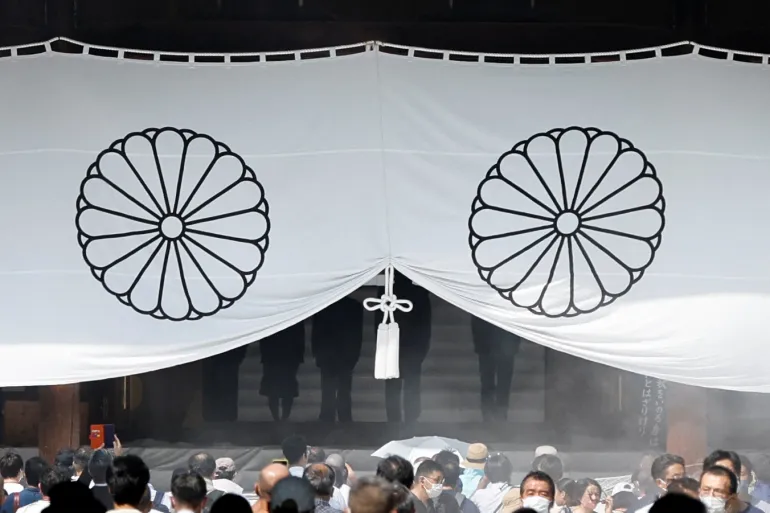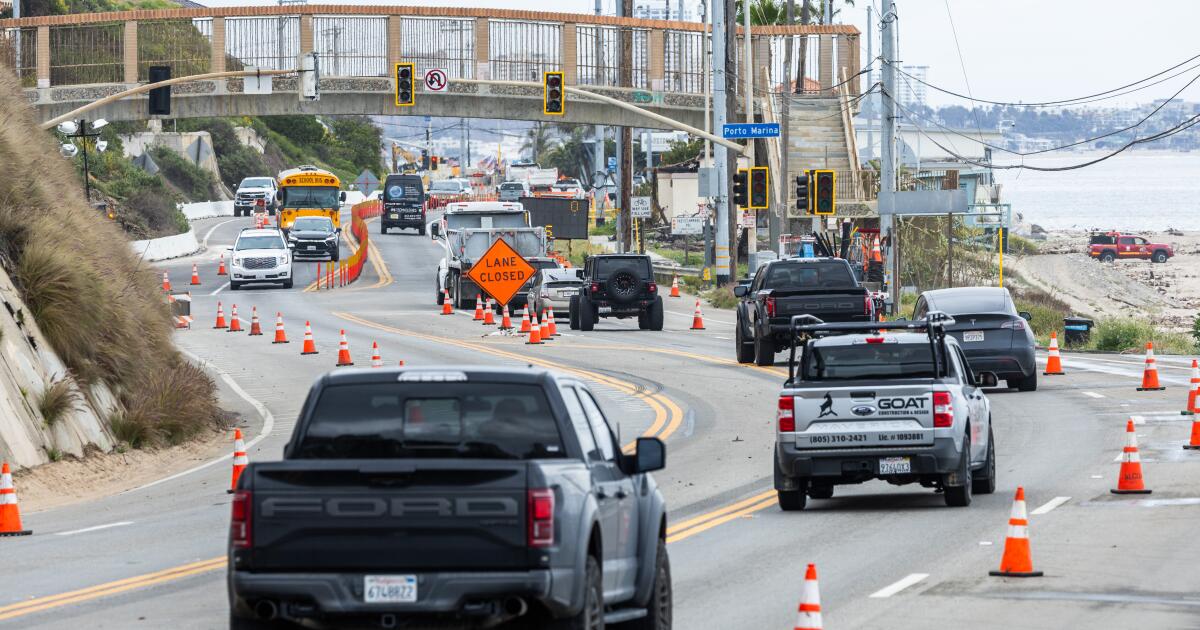Japan PM hopeful Takaichi avoids WWII shrine visit amid political tussle | Politics News
Past visits by top leaders to Yasukuni, which honours convicted war criminals, have angered Japan’s neighbours.
Published On 17 Oct 2025
The new leader of Japan’s governing party, Sanae Takaichi, has decided not to visit a controversial World War II shrine in Tokyo, as uncertainty remains over whether she will be appointed prime minister ahead of a visit by United States President Donald Trump before the end of the month.
Takaichi, 64, seen as an arch-conservative from the right of the Liberal Democratic Party (LDP), has previously visited the Yasukuni Shrine, including as a government minister.
Recommended Stories
list of 3 itemsend of list
However, Takaichi opted on Friday to send an offering, and reports said she was likely to refrain from visiting in order not to antagonise the country’s neighbours whom Imperial Japan had occupied and committed atrocities against in the first half of the 20th century.
Past visits by top leaders to Yasukuni, which honours convicted war criminals, have angered China and South Korea. The last visit by a Japanese premier was in 2013 by the late Shinzo Abe, Takaichi’s mentor.

Takaichi’s decision not to visit the shrine came as Japan’s former Prime Minister Tomiichi Murayama, best known for making a statement apologising for atrocities Japan committed in Asia over the course of World War II, died aged 101.
Murayama, in office from 1994 to 1996, issued the 1995 “Murayama statement” on the 50th anniversary of Japan’s unconditional surrender.
Murayama died on Friday at a hospital in his hometown, Oita, in southwestern Japan, according to a statement from Mizuho Fukushima, head of Japan’s Social Democratic Party (SDP).
Hiroyuki Takano, secretary-general of the SDP in Oita, told the AFP news agency he had been informed that Murayama died of old age.
Political wrangling
Takaichi became LDP leader on October 4, but her aim to become Japan’s first female prime minister was derailed after the LDP’s coalition partner of 26 years, the Komeito party, pulled the plug on their alliance last week.
The LDP is now in talks about forming a different alliance, boosting Takaichi’s chances of becoming premier in a parliamentary vote that local media reports said will likely happen on Tuesday.
The clock is ticking for Takaichi to become Japan’s fifth prime minister in as many years with Trump’s impending visit.
Details of Washington and Tokyo’s trade deal remain unresolved and Trump – who had warm relations with Abe in his first term – wants Japan to stop Russian energy imports and boost defence spending.
Komeito said that the LDP has failed to tighten rules on party funding following a damaging slush fund scandal involving dodgy payments of millions of dollars.
The LDP this week began talks on forming a new coalition with the Japan Innovation Party instead.
The two parties would be two seats short of a majority but the alliance would still likely ensure that Takaichi succeeds in becoming premier.
A spanner in the works could be if opposition parties agreed on a rival candidate but talks earlier this week appeared to make little headway.
More talks were due to take place on Friday.

